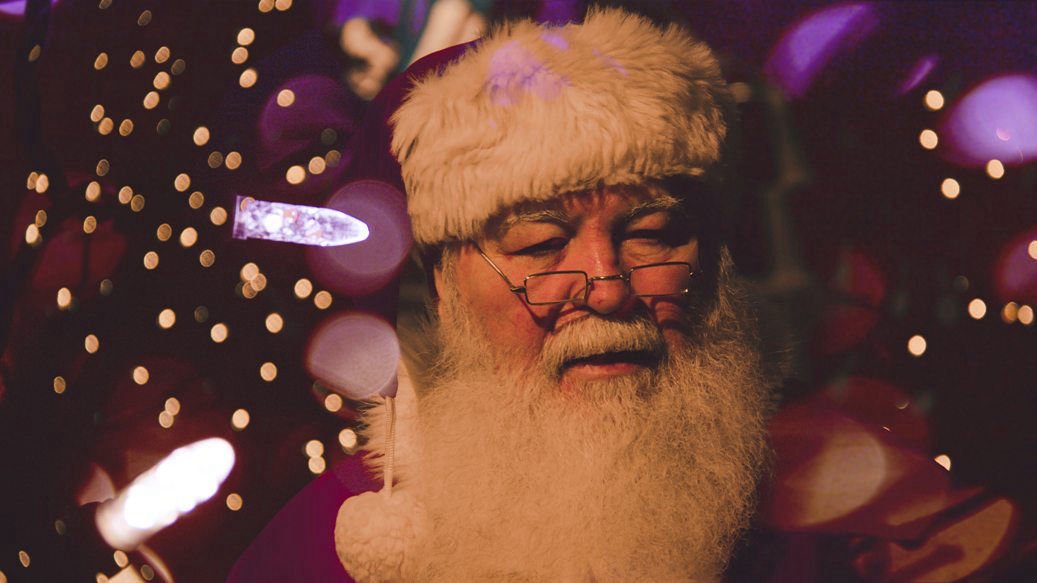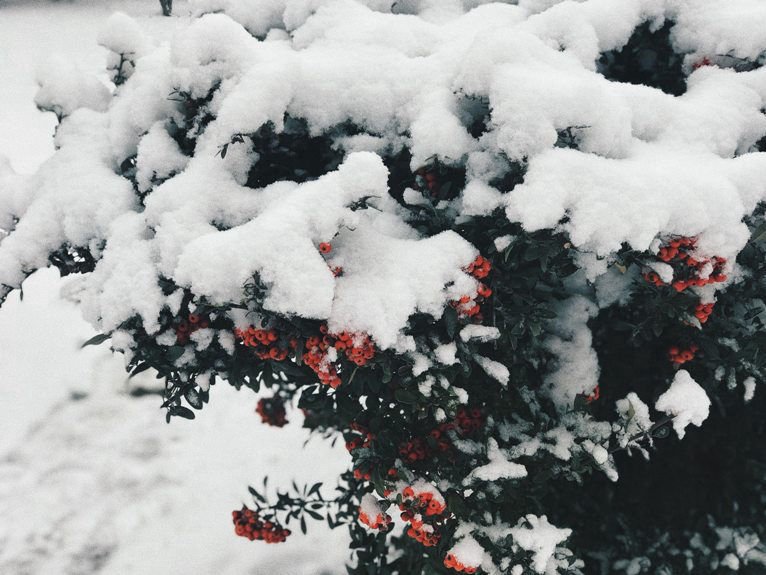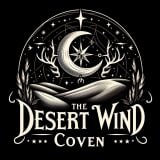
The Holly King.
The Holly King
From the Celtic tradition, we get a pair of ancient pagan images who fight for supremacy at Yule. The Holly King and the Oak King are probably constructs of the Druids to whom these two trees were highly sacred. The Oak King (king of the waxing year) kills the Holly King (king of the waning year) at Yule. The Oak King then reigns until Midsummer when the two battle again, this time with the Holly King as the victor. The Holly King, who has evolved into the present day Santa Claus, wears red, dons a sprig of holly in his hat, and drives a team of eight (total number of solar sabbats) deer, an animal sacred to the Celtic Gods. Holly and mistletoe are traditional to the season through commemoration of the battle. The holly was hung in honor of the Holly King; the mistletoe (which grows high in the branches of oak trees) in honor of the Oak King.
The Oak King and Holly King are mortal enemies at Midsummer and Yule, but they are two sides of a whole, and neither could exist without the other.






